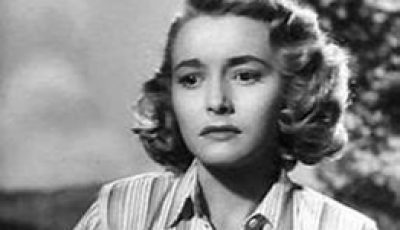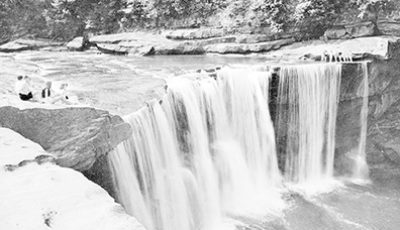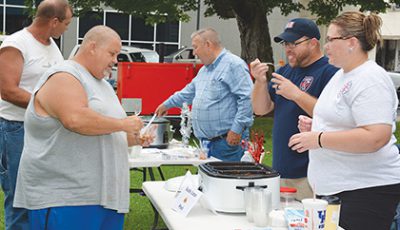Celebrating 200 years: Williamsburg’s founder, Samuel Cox, was a man, who wore many hats
On April 7, 2018, Williamsburg and Whitley County leaders will dedicate a historical marker near the present-day courthouse in honor of Samuel Cox, who is celebrated as the “Father of Williamsburg,” but who was Samuel Cox?
Cox, who is known as the father of Williamsburg and its first resident, was a soldier, father, ferry operator and tavern owner among other hats that he wore throughout his life.
He was born in 1756, the son of Samuel Cox Sr. and Harrah Weringhton.
Samuel married his Uncle Solomon’s daughter, Martha, who was born in 1778 and more than 20 years his junior.
Thanks to the marriage, Martha was excluded from Cane Creek Quaker Church in North Carolina because she married her first cousin.
Samuel got expelled from the same church on June 1, 1781, for joining a group called the “Regulators,” which was an organization formed by the citizens to resist taxes and unreasonable lawyer fees.
Samuel Cox served as a Revolutionary War soldier for three years with the 3rd Virginia Regiment and the 7th Virginia Regiment.
In 1797, he received a military grant of 100 acres from the state of Kentucky.
After receiving the land grant, Samuel, Martha and their six children at the time: Anna, Sarah, Samuel III, Nathan, Ruth and Jane then left Cane Creek, North Carolina, for the Bluegrass State.
They travelled the Wilderness Trail through Cumberland Gap, then down the Cumberland River another 50 miles, where they settled on the west bank of the river.
The home they built was located near where the present day Whitley County Judicial Center now sits.
On Jan. 17, 1818, the Kentucky General Assembly approved an act forming Whitley County out of a portion of Knox County effective April 1, 1818.
Although the Kentucky General Assembly designated Whitley County on Jan. 17, 1818, there were still many details to be worked out, such as where to put the county seat.
A commission travelled looking at several different locations, such as Lynn Camp Creek between present day Corbin and Woodbine, Pleasant View, Boston and Jellico Creek.
Cox, who was building a ferry and already had a tavern built, suggested to the committee that the site of his property would be a good place for the county seat. After a lengthy meeting at Cox’s tavern, the commission was convinced to locate the county seat on his property.
Cox’s willingness to donate six acres of land where a courthouse and county offices could be constructed also likely played a role in the commission’s decision.
The current courthouse sits on some of the same six acres of land that Cox donated in 1818.
Cox also offered lots for sale for the formation of the city, which had several names during its early days, including Spring Ford, Cox’s Crossing, Whitley Courthouse and Williamsburgh. In 1890, the spelling of the city’s name was changed to Williamsburg.
The first day of court was held at Cox’s home on April 20, 1818, but it wasn’t until June 15, 1818, that the report of the commission selecting Williamsburg as the county seat was actually made part of the record.
On June 26, 1818, Cox, Edward Reilly and Joseph Gillis were appointed to lay off the town of Williamsburg and a public square for erecting a courthouse and other necessary buildings.
Samuel Cox’s death
Samuel and Martha had three other children after they arrived in Kentucky: Zacharias in 1798, Levi in 1800, and William in 1803.
Samuel Cox died on July 29, 1832, and was buried near the old Williamsburg Rescue Squad building, which is located near South Seventh Street. It is now owned by the University of the Cumberlands.
The exact location of the grave is unknown as there is no grave marker or tombstone there.
After Samuel died, Martha moved to Livingston County, Missouri, along with others from Whitley County.
She died on March 19, 1845, and is buried in the Liggett Cemetery in Chillicothe, Missouri. Her son, Thomas, was also buried there.








